Tron Blockchain is a decentralized platform aimed at transforming the entertainment world. It offers a fast and efficient blockchain setup that lets users publish, share, and store content without depending on central servers. With its design, Tron can handle a lot of transactions quickly and without delays, all while keeping transaction fees at zero. This makes it a great choice for developers and content creators. The ecosystem runs on its own cryptocurrency, TRX, which helps with transactions and encourages people to get involved.
Vision and Mission of Tron
Tron aims to build an internet that is decentralized, giving people power over their own content and information. The goal is to offer a strong blockchain system that can handle many different applications, such as dApps, digital entertainment, and financial services. Tron wants to help creators earn money from their work directly, all while keeping their data safe and cutting down on the need for middlemen.
The Launch of Tron
Founding and Inception (2017)
Tron was founded in September 2017 by Justin Sun, a prominent figure in the blockchain community. The Tron Foundation was established in Singapore with a clear focus on building a decentralized internet infrastructure. Its initial project aimed to disrupt the digital content industry by addressing inefficiencies such as high transaction fees, delayed payment settlements, and the dominance of intermediaries that limited creators’ ability to monetize their work directly. Tron also sought to reduce the reliance on centralized platforms that could censor or restrict content, empowering users with more control and freedom.
The Role of Justin Sun
Justin Sun graduated from the University of Pennsylvania and Hupan University, where he was mentored by Jack Ma, the founder of Alibaba. He was a key figure in making Tron successful. Through his active involvement in the blockchain community and knack for building important partnerships, he helped Tron become more well-known. Sun’s skills in marketing and his leadership have played a big part in Tron’s growth.
Initial Coin Offering (ICO) and Fundraising
In 2017, Tron held an initial coin offering that brought in $70 million. This attracted a lot of investors, drawn by its exciting plans for sharing content without central control. With this successful fundraising, the Tron Foundation was able to carry out its goals, like bringing in skilled people and growing its network.
Early Development
2018
- Mainnet Launch: Tron transitioned from Ethereum to its independent blockchain.
- Acquisition of BitTorrent: This strategic move integrated decentralized file sharing into Tron’s ecosystem, enhancing content sharing capabilities and increasing network utility.
2019
- Launch of Tron DApps: Early decentralized applications started gaining traction on the network, showcasing the potential of Tron’s high-throughput architecture.
- First Major Partnerships: Collaborations with major companies like Opera expanded Tron’s reach, integrating its blockchain into web browsers.
2020
- Growth of DeFi on Tron: Platforms like JustSwap and JustLend began offering decentralized finance solutions, enabling lending, borrowing, and token swapping within the Tron ecosystem.
- Introduction of TRC-20 USDT: Stablecoins launched on Tron, improving adoption for payments and providing a reliable medium for transactions.
- BitTorrent Ecosystem Expansion: BitTorrent introduced new services like BitTorrent Speed, incentivizing users with BTT for faster downloads.
2021
- NFT Expansion: Tron launched APENFT, entering the booming NFT market with lower transaction fees and high transaction speeds, providing artists with a cost-effective platform.
- Institutional Partnerships: Collaborations with global firms like Samsung highlighted Tron’s adoption in mainstream markets and increased visibility.
2022
- Cross-Chain Integration: BTTC (BitTorrent Chain) launched, enabling interoperability between Ethereum, Binance Smart Chain, and Tron, fostering a multi-chain ecosystem.
- User Growth: Tron surpassed 70 million user accounts and recorded over 3 billion transactions, demonstrating consistent network expansion.
- Enhanced Developer Support: Initiatives like hackathons and grants incentivized developers to build on Tron, enriching its dApp ecosystem.
2023
- Advanced DeFi Features: JustLend’s total value locked (TVL) grew significantly, reflecting strong adoption of Tron-based DeFi platforms.
- Community Expansion: Increased global participation through developer programs and community-driven initiatives bolstered Tron’s presence in emerging markets.
- Focus on Scalability: Infrastructure upgrades enhanced TPS and reduced latency, accommodating growing user activity.
2024
- Technical Upgrades: The TVM was enhanced with advanced smart contract features, improving developer tools and fostering ecosystem growth.
- Adoption Milestones: Daily transactions reached 5 million, showcasing scalability and reliability as Tron continued its growth trajectory.
- Partnership Expansion: New collaborations focused on integrating Tron’s technology into traditional finance and gaming industries.
2025
- Web3 Leadership: Tron solidified its position as a leader in decentralized internet technology, pioneering new innovations in blockchain interoperability and decentralized storage.
- AI and Blockchain Integration: Tron explored AI-driven solutions for decentralized content curation, enhancing user experiences and ecosystem efficiency.
- Surpassing Records: The network exceeded 10 million daily transactions and expanded its user base beyond 150 million accounts.
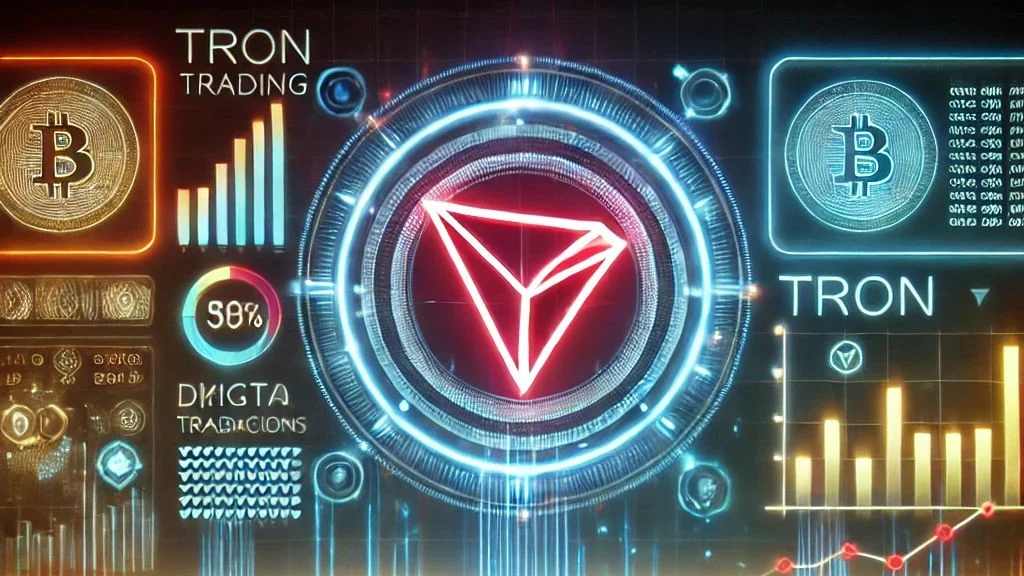
Roadmap and Whitepaper Analysis
Tron’s plan included six main steps: Exodus, Odyssey, Great Voyage, Apollo, Star Trek, and Eternity. Each step aimed at important milestones like starting the mainnet, allowing smart contracts, and creating a decentralized entertainment platform. The whitepaper shared technical information and showed Tron’s dedication to being scalable, easy to use, and secure.
Transition from Ethereum to Independent Blockchain (Mainnet Launch in 2018)
At first, Tron was part of Ethereum’s ERC-20 system. However, when it launched its mainnet in June 2018, it became its own separate blockchain. This change was important because it allowed Tron’s network to process transactions more efficiently and at a lower cost. More than 1 billion TRX tokens were moved to the new network, showing that the transition went smoothly.
Tron’s Architecture and Features
Decentralized Network Design
Tron’s setup is all about being decentralized, which means that data and content spread out over many nodes. This setup removes any single failure points. It’s designed for speed, allowing for thousands of transactions every second, especially when you compare it to blockchains like Ethereum.
Delegated Proof of Stake (DPoS) Mechanism
Tron’s DPoS system has 27 Super Representatives (SRs) chosen by the token holders. These SRs are responsible for confirming transactions and producing new blocks, which helps keep a good mix of decentralization and efficiency. Token holders can vote for their favorite SRs, taking part in how the network is run.
Key Components: Tron Virtual Machine (TVM), Tron Wallets, and Smart Contracts
- Tron Virtual Machine (TVM): The TVM is designed to be compatible with Ethereum’s virtual machine, allowing developers to deploy Ethereum-based dApps on Tron with minimal modifications. It provides an efficient and developer-friendly environment.
- Tron Wallets: Tron’s ecosystem supports various wallets, including TronLink and Trust Wallet, ensuring secure storage and easy access to TRX and other tokens.
- Smart Contracts: These self-executing contracts enable developers to automate complex processes, such as token swaps and dApp functionality, on Tron’s blockchain.
Major Milestones and Updates
Acquisition of BitTorrent (2018)
In 2018, Tron acquired BitTorrent, a leading peer-to-peer file-sharing platform with over 100 million active users. This acquisition allowed Tron to integrate decentralized file-sharing capabilities, enhancing its ecosystem’s utility.
Integration of BitTorrent Token (BTT)
The BitTorrent Token (BTT) was launched to incentivize users within the BitTorrent ecosystem. By rewarding users for seeding and sharing files, BTT aligns with Tron’s goal of decentralizing content sharing.
Partnership Announcements and Collaborations
Tron has partnered with major companies, including Samsung, Opera, and Poloniex. These collaborations have expanded Tron’s reach, integrating its blockchain into mainstream applications and boosting its adoption.
Development of TRC-10 and TRC-20 Token Standards
Tron’s token standards, TRC-10 and TRC-20, provide flexibility for developers to create tokens tailored to specific use cases. TRC-10 tokens are simpler and more cost-effective, while TRC-20 tokens support smart contracts, making them ideal for DeFi applications.
TRX Long-Term Price Forecast: Will Tron Outperform Other Cryptos by 2030?
Ecosystem Growth
Decentralized Applications (dApps) on Tron
Tron hosts a thriving ecosystem of dApps across various categories, including gaming, gambling, and finance. Popular dApps like WINk and Sun.io demonstrate Tron’s capacity to handle high transaction volumes with minimal latency.
Expansion in DeFi (Decentralized Finance)
Tron’s DeFi ecosystem includes platforms like JustLend, a decentralized lending protocol, and JustSwap, a decentralized exchange. These platforms provide users with opportunities to lend, borrow, and earn interest on their assets.
Introduction of NFTs on Tron Blockchain
With the launch of platforms like APENFT, Tron has entered the NFT space, allowing artists and creators to tokenize their work. Tron’s low transaction costs make it an attractive choice for NFT minting and trading.

Tron Community and Governance
Super Representatives and Voting Mechanism
The governance structure of Tron revolves around its Super Representatives (SRs), who are elected by TRX holders. This system ensures democratic participation while maintaining network efficiency.
Community Engagement Initiatives
Tron actively engages its community through events, hackathons, and developer grants. These initiatives encourage innovation and strengthen the bond between the Tron Foundation and its global user base.
Market Adoption and Global Reach
Tron in China and International Markets
Tron has a strong foothold in China, leveraging its strategic location to expand internationally. Its partnerships and collaborations underscore its ambition to become a global leader in blockchain technology.
Partnerships with Global Organizations
Collaborations with Samsung and Opera have integrated Tron’s technology into smartphones and web browsers, increasing its accessibility and adoption.
Real-World Use Cases and Adoption Statistics
Tron’s blockchain supports over 100 million user accounts, processing billions of transactions annually. Its real-world use cases include content sharing, gaming, and decentralized finance.
Challenges and Criticisms
Controversies and Allegations
Tron has faced accusations of copying Ethereum’s whitepaper and criticisms over its governance model. Despite these challenges, it continues to evolve and adapt.
Issues with Decentralization Claims
While Tron’s governance model ensures efficiency, critics argue that it centralizes power among a limited number of Super Representatives.
Competitors in the Blockchain Space
Tron faces stiff competition from Ethereum, Binance Smart Chain, and Solana. To stay relevant, it must continuously innovate and improve its offerings.
Achievements and Current Status
Total Transactions and User Statistics
Tron’s network processes millions of transactions daily, with a total transaction count surpassing tens of billions. These metrics underscore its reliability and scalability.
Recent Upgrades and Developments
Recent upgrades have focused on improving cross-chain compatibility and enhancing DeFi capabilities. These updates position Tron as a competitive force in the blockchain space.
Current Market Performance of TRX Token
TRX remains a top-performing cryptocurrency, with strong trading volumes and a robust market presence. Its utility within the Tron ecosystem drives demand.
Future Prospects of Tron
Upcoming Projects and Innovations
Tron is exploring cross-chain interoperability and advanced DeFi features. Its commitment to innovation ensures that it remains a key player in the blockchain space.
Predictions for Tron’s Role in Web3 and Blockchain Evolution
As the adoption of Web3 grows, Tron’s decentralized infrastructure positions it as a frontrunner in the shift toward a user-controlled internet.
Conclusion
Summary of Tron’s Journey
From its inception in 2017 to its current status, Tron has made significant contributions to the blockchain industry. Its journey reflects a commitment to decentralization and innovation.
Tron’s Contribution to the Blockchain Industry
By supporting content creators, fostering DeFi, and enabling dApps, Tron has solidified its role as a leader in the blockchain space.
Final Thoughts on Tron’s Future
With its ambitious roadmap and strong community support, Tron is poised to remain a significant player in the blockchain and Web3 industries.
FAQs
Common Questions about Tron Blockchain
- What makes Tron unique compared to other blockchains? Tron’s high transaction speed, low fees, and focus on content sharing set it apart from competitors.
- How can developers build dApps on Tron? Developers can use the Tron Virtual Machine and leverage its developer-friendly tools to create and deploy dApps easily.
How to Use Tron for Beginners
- Create a Tron wallet using TronLink or another compatible wallet.
- Purchase TRX tokens from exchanges like Binance or Coinbase.
- Explore the Tron ecosystem by interacting with dApps and participating in governance through voting.
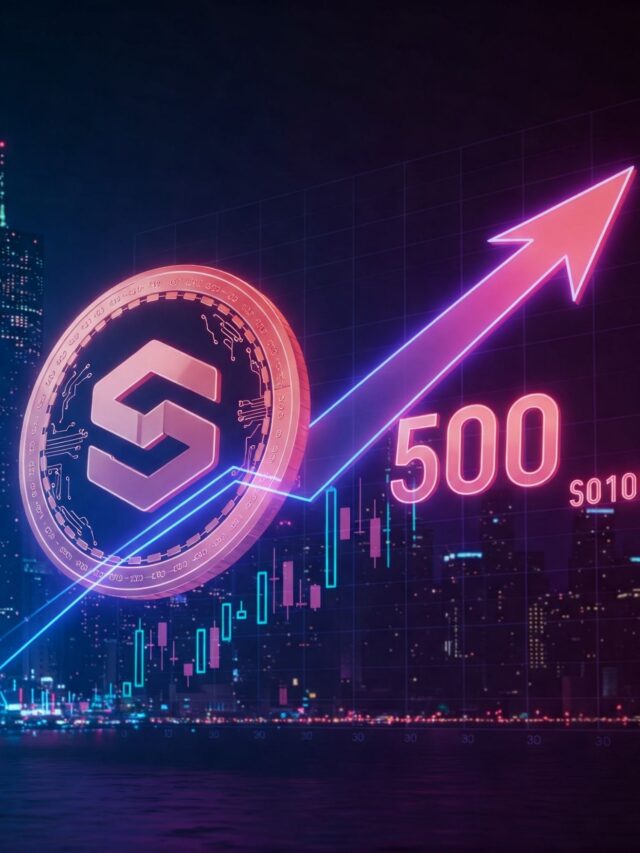
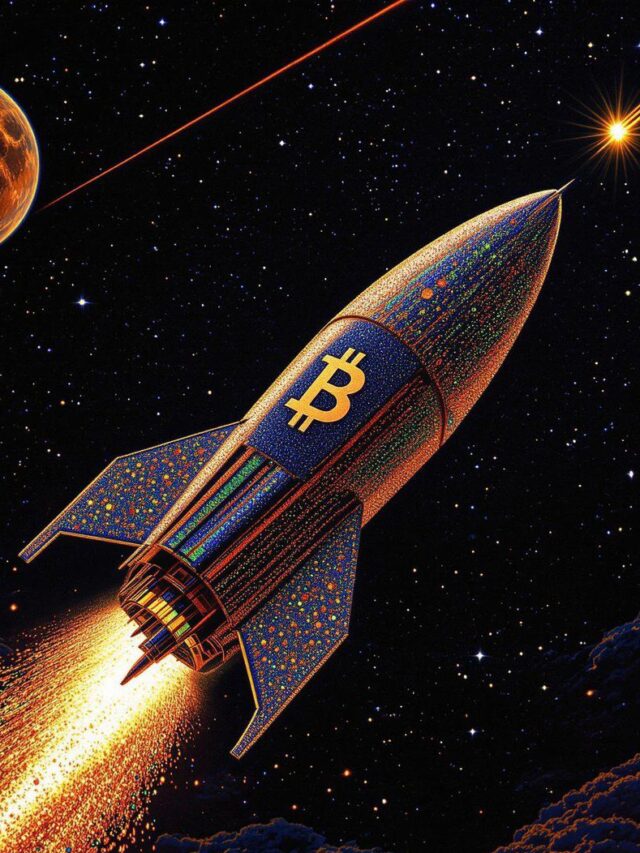

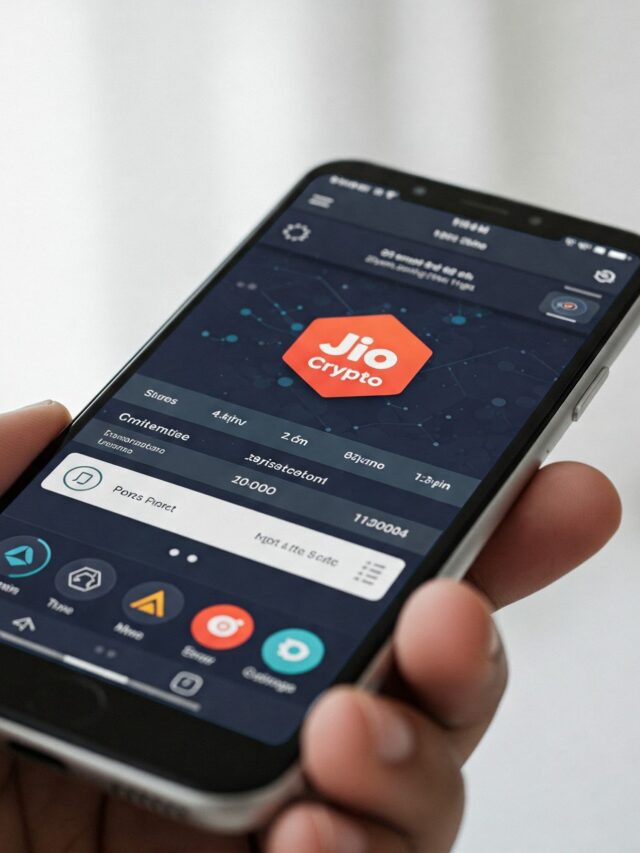

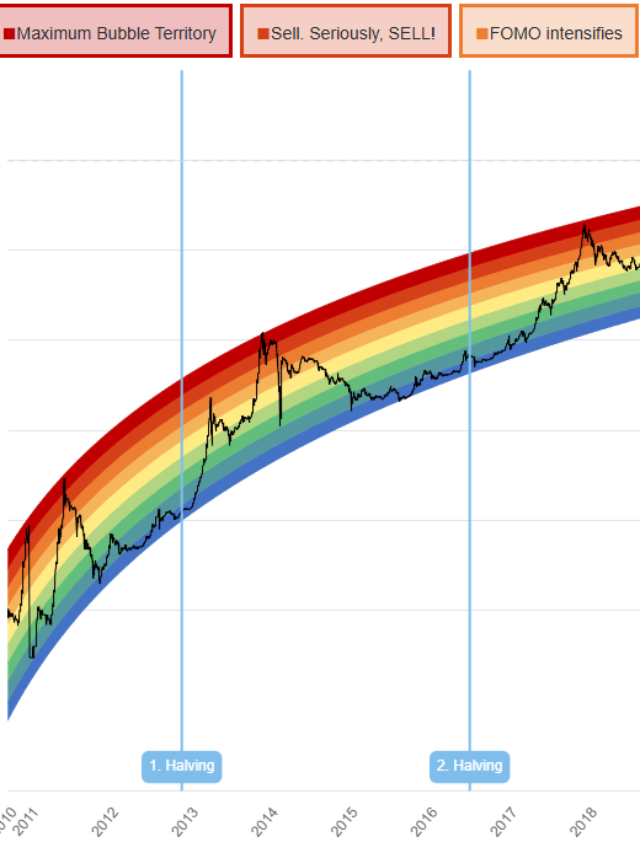
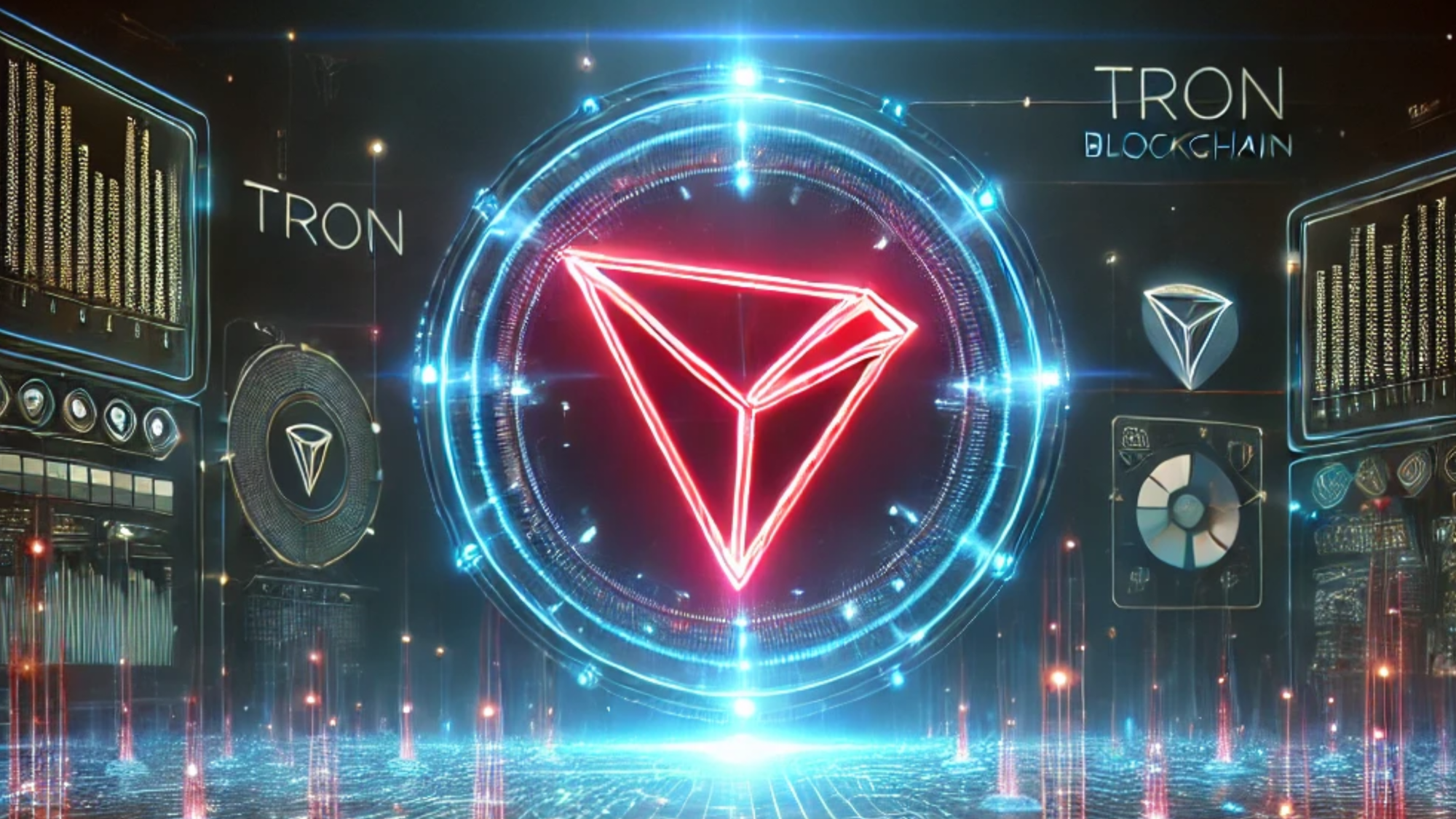
One thought on “Tron Blockchain: A Comprehensive Journey from Launch to Present”